Deep in the forests northeast of Paris, 50km from the bustling Champs-Élysées, lies a relatively secret playground for petrolheads. Scrap that, I meant a sombre place of work. The UTAC Ceram proving ground and test facility has been in operation in various guises and under various owners since 1956. Throughout it has been the workplace for car engineers testing and perfecting the driving dynamics, handling, suspension and engine performance on everything from tiny city commuters to top-end sports cars.
And for the last few years it has played host to the annual shoot-out of the seven finalists for the prestigious European Car of the Year title, ahead of final voting and the announcement of the winner at the Geneva Motor Show in March. The test event, organised and financed by the jury committee, lets the journalists test and debate the merits and flaws of each of the finalists before casting their final votes. Unlike other rival awards, each European car of the year jury member publishes his or her votes – along with detailed explanations behind their votes. The Ceram test event is the final chance to judge the pros and cons of each car.
This year, with 56 jurors from 27 countries in attendance, the seven cars were prodded, poked, and put through their paces. The beauty of Ceram is the variety of testing facilities on hand. There’s a misnamed comfort track, potholed and corrugated to test the rattles and ride of even the most luxury car. There’s a banked high-speed oval circuit, an urban track reflective of an Irish national road, a separate winding, hilly road course of 5.2km, an 800m cobbled surface track and even off-road facilities if you so wish.
This year's seven finalists comprise the Alfa Romeo Stelvio, Audi A8, BMW 5-Series, Citroen C3 Aircross, Kia Stinger, Seat Ibiza and Volvo XC40. It's an eclectic mix and none of them are without merits – or flaws.
Alfa’s dynamic SUV
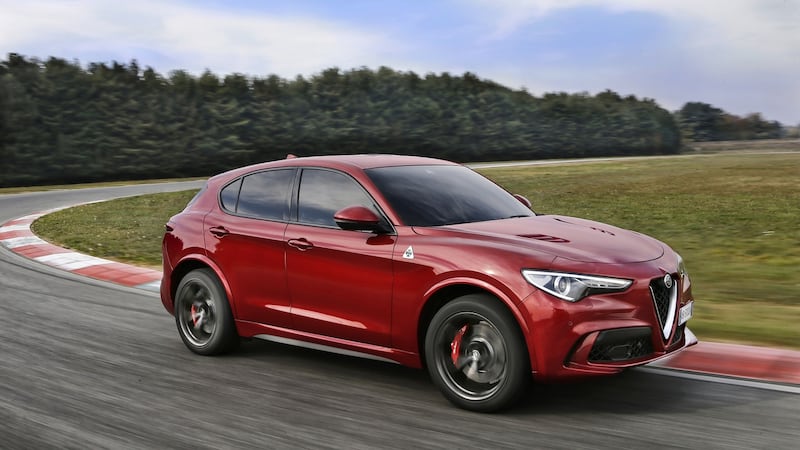
The Alfa Romeo is pitched as the premium SUV that drives as good as a sporty saloon car. Forget what you’ve heard in the past in the advertorials and marketing about all these SUVs and crossovers: none of them can match a low-set saloon car when it comes to handling dynamics. Up a muddy field after a stray sheep, yes there’s only going to be one winner. But weaving through a set of corners without turning into jelly on a spring? Forget it.
Yet the Alfa is perhaps one of the best at mimicking the driving feel and dynamics of a regular driver’s car. That said it’s still a relatively big beast and when it gets out of line, the height and weight start to show. And when you look past the driving dynamics, it’s a pretty flat affair on the tech and innovation front, several kilometres behind its rivals.
Audi’s technical tour de force
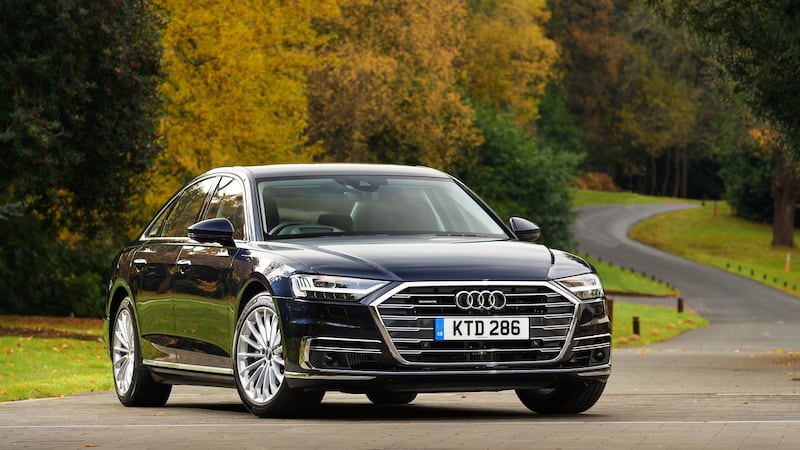
In contrast the Audi A8 is a technical tour de force, awash with digital screens and full of futuristic promise. The problem is that it currently over-promises. Talk of so-called Level 3 autonomous driving isn’t backed up by reality on the road. The truth is the technology Audi boasts about is still in prototype phase, alongside similar tech of many of its rivals. It’s not on the market, still requires homologation deals with each and every national government when it does arrive and none of the current crop of A8s on sale can be retrofitted to take on the technology.
So park the self-driving talk for a while and what do you get? A very high-end luxury saloon car, with promise of plug-in electric variant later this year. It's comfortable (particularly with the optional adaptive air suspension), refined, innovative, but that doesn't make it better than the latest Mercedes-Benz S-Class.
BMW’s driving machine
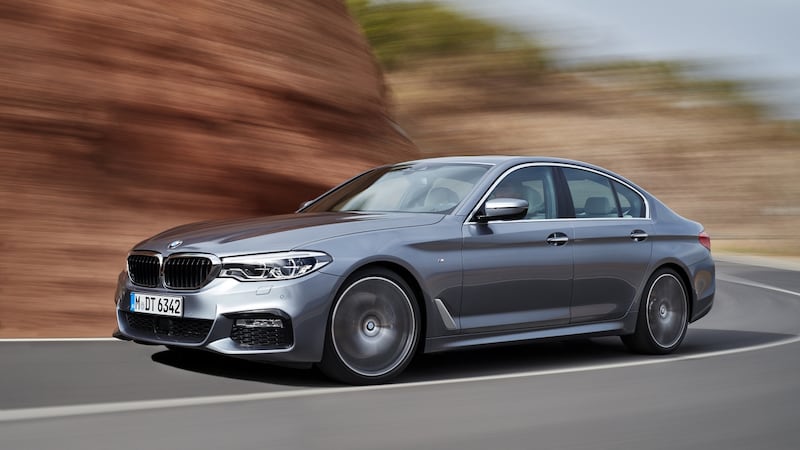
BMW bills itself as the ultimate driving machine, but it’s a message that often gets lost amid all the talk of tech innovations these days. For decades the 5 Series was the king of its class segment, but rivals have caught up. The issue now is for the 5 Series to prove it can retain its lead.
One of the most impressive feats in the 5 Series range is the breadth of its offering: from the eco-friendly 530e plug-in hybrid to the outlandish M5. And there’s a wealth of innovative tech on board, from remote parking to 360 degree views of your car, available at any time via your smartphone.
And it arguably has too much tech at times. The optional gesture control, for example, tries to interpret hand signals for controls but ends up being nothing short of a major irritation. It’s tech that needs another few years in the lab before public release.
For me the real beauty of the 5 Series is – and has always been – its driving ability. Even if you can’t afford the M5 or don’t opt for the latest technology on 530e, you can still have top-class driving fun in a regular 520d SE. It’s a premium-priced product, but within its class it offers something for everyone and enjoyment for all. That’s impressive engineering. And it proves once more, in case you need reminding, that saloon cars are still much more fun to drive than crossovers or SUVs. My only qualm with this car is that when pitted on the Irish market against the Mercedes E-Class, it’s the Merc which comes out on top.
Citroen’s comfy chique
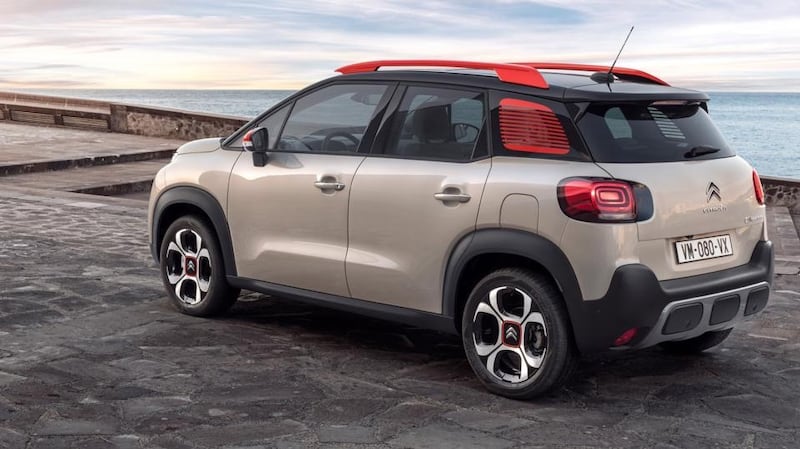
Citroen's C3 Aircross hangs a lot of its hope on its funky styling. And rightly so. The firm's design director Alexandre Malval has rightly earned his reputation as one of the hottest talents in car design right now. Without the budgets or the high-tech gadgets of big-name rivals, Malval has reinvented the key charming characteristics of the French car brand.
It's a trendy, comfortable livingroom on wheels, furnished in the style of a young couple's apartment, with several touches that wouldn't look out of place in Ikea. The wide comfortable seats, the retro-styled clocks and even the venetian-blind effect on the rear windows are all about evoking a homely feel to the car.
It works, up to a point. Look beyond this and the car is not that much fun to drive, it wallows in bends and the ride quality is not as sophisticated as Citroen’s mantra that “comfort is the new cool” would have you believe. The touchscreen controls are also frustratingly ineffective.
Kia now has a sting in its tail
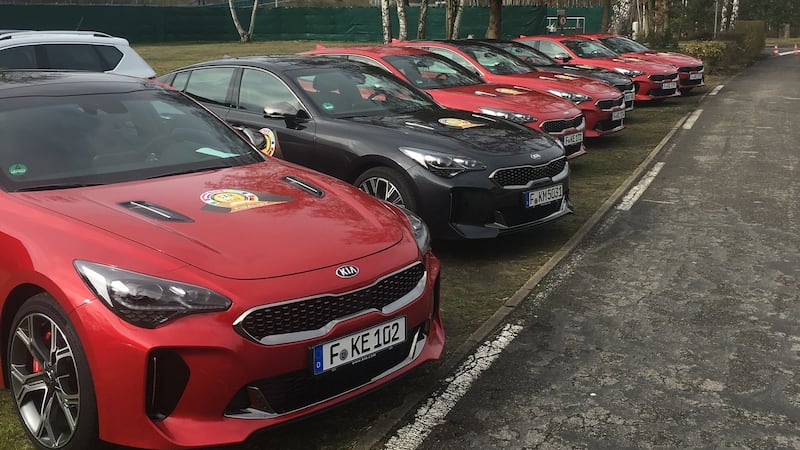
The Kia Stinger is a worthy finalist if only because it represents the brave new world for the Korean brand. First we had the styling, with models like the Soul, Optima and Sportage. Thanks to poaching Albert Biermann from BMW's M division, Kia now has a car that's fun to drive as well. According to the chief designer of Hyundai-Kia, Peter Schreyer, this car has been a long time coming.The Stinger traces its roots back to a concept car first showed in 2011 to media acclaim.
It took time to win over the Korean bosses, however, but with Biermann’s arrival it meant the firm could make a car that drove as well as it looked. The problem for Kia now is that the Stinger shows up the rest of its range for being relatively lacklustre to drive, (though the new Ceed coming later this year is thankfully from the driving lineage of this Stinger). It’s a lovely car to drive, with a good price, but several flaws, not least the lack of a few futuristic bells and whistles. That makes it seem a little old-school at times.
Seat’s small star
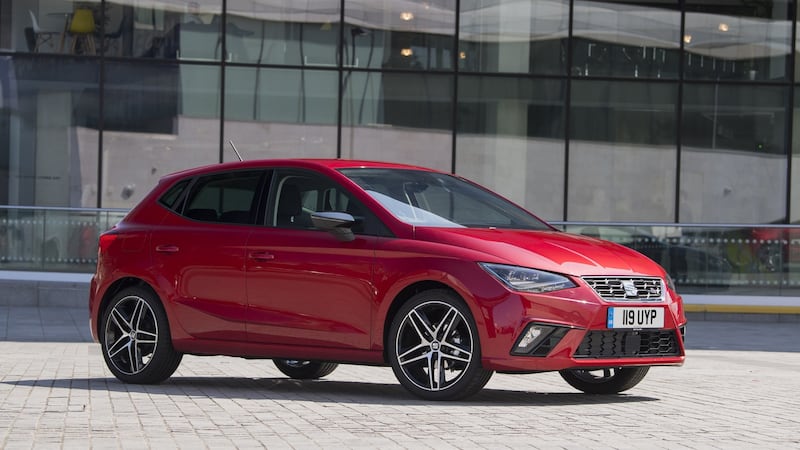
Seat is flying the flag of Barcelona, but in truth the Ibiza represents the best foot forward from the VW Group this year. It's a cracking small car, that shares much with the new VW Polo, but is simply better priced in virtually every European market. It needs a few improvements in terms of trim, while pushing technology like compressed natural gas seems like a waste of energy in the face of the electric charge. Nonetheless this is a very competent little family car with impressive rear seat legroom. It's got an eagerness and agility that brings a smile to your face. Forget city car or supermini taglines, this is capable of being a proper family hatchback for many motorists' needs – and at a price that's right.
Volvo excels – somewhat
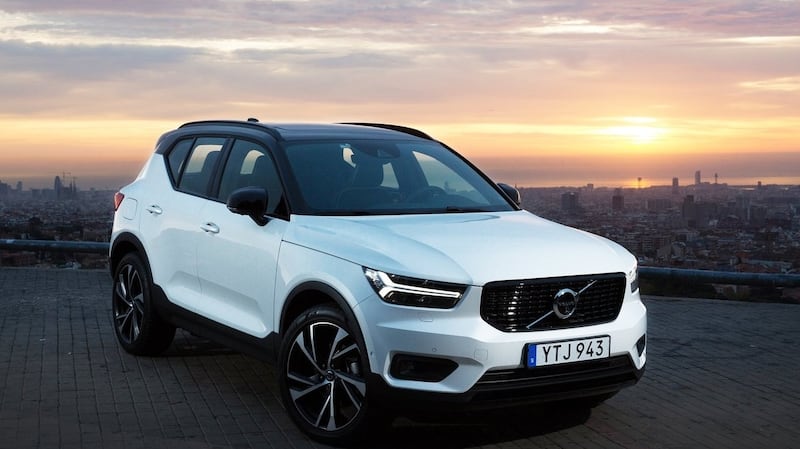
The Volvo XC40 is the wild card of the bunch. I didn’t take to the styling at the start but it has grown on me since its launch. And it boasts a bundle of Swedish straight-thinking logic. It’s the little things that impress, like the litter bin in the central console or the hook for takeaway bags in the passenger footwell. The car also features the impressive touchscreen system from the larger models, but in a more compact and arguably more user-friendly format. It’s roomy in the rear for families, and will soon come with a range of smaller petrol and diesel engines that will hopefully bring down the price. Then there is a plug-in hybrid on the way.
For extra innovation Volvo has used the XC40 to launch features like car-sharing via the Volvo smartphone app, that lets you share access to the car by sending a link to someone else’s phone so they can the open and even drive the car. There’s also the gradual rollout of Volvo’s subscription programme, Care by Volvo. Ultimately this bundles all the cost of ownership, including motor tax and insurance, into one monthly fee. It’s the ultimate all-in leasing deal and at a time when there is talk of petrol and diesel bans and massive uncertainty about resale values, it seems a sensible option.
The XC40 has another impressive trait in that it’s also the best of the current crop of Volvos to drive. The steering is much sharper than on its larger models, while the engine response in the T5 petrol actually makes the car feel rather sporty. It’s still not as sharp as some premium rivals, but it’s closer than the rest of Volvo’s range. However, it’s let down by an automatic transmission that’s not always in tune with the engine, leaving the driver with noisy high revs or in too high a gear when exiting a corner.
The overarching flaw for me is the fact that it simply doesn’t offer the level of fit and finish and refinement to match the current €45,000 price tag on the Irish market. Volvo’s premium aspirations were clear from the launch of the XC90, but as it moves into more mainstream segments of the market it will face greater inspection in terms of value for money, and while the XC40 is a star, it doesn’t deliver on this front right now.
And the winner is...
And here’s the rub. There is not a stand-out star, a flawless example of motoring excellence and innovation. Even the cars that push the boundaries of innovation hardest have seemingly come a cropper in the face of a sea of legislative red tape. Two days of testing at the Ceram proving track managed to prove more about the flaws of the finalists.
For all that the BMW 5 Series is arguably the best of this bunch, offering the greatest mix of driving appeal and innovative engineering with an eye to the future. When the winner is announced at 3pm local time in Geneva on Monday, March 5th I’m going to be as surprised to watch the votes come in as everyone else. And I’m one of those voting .










